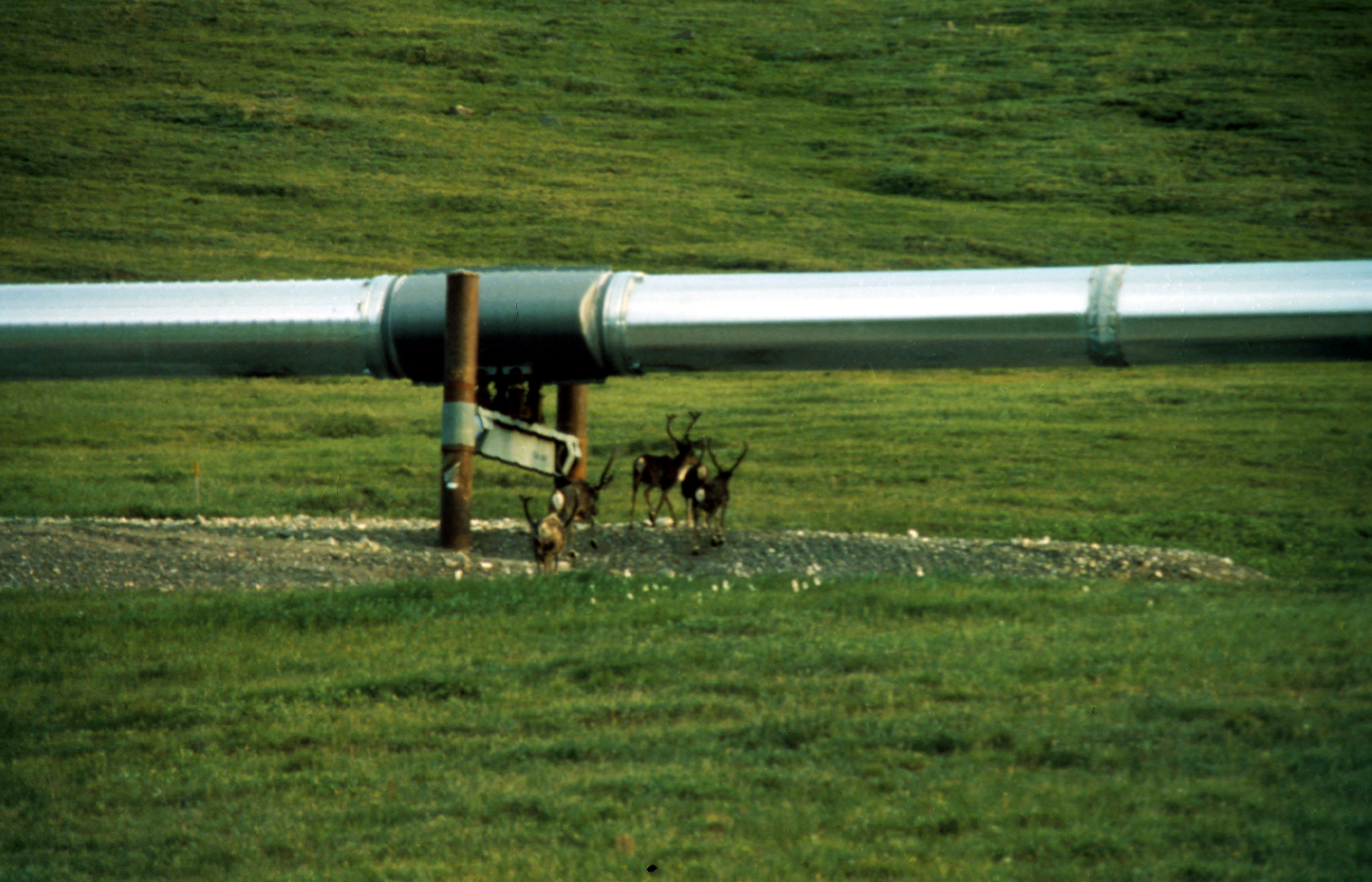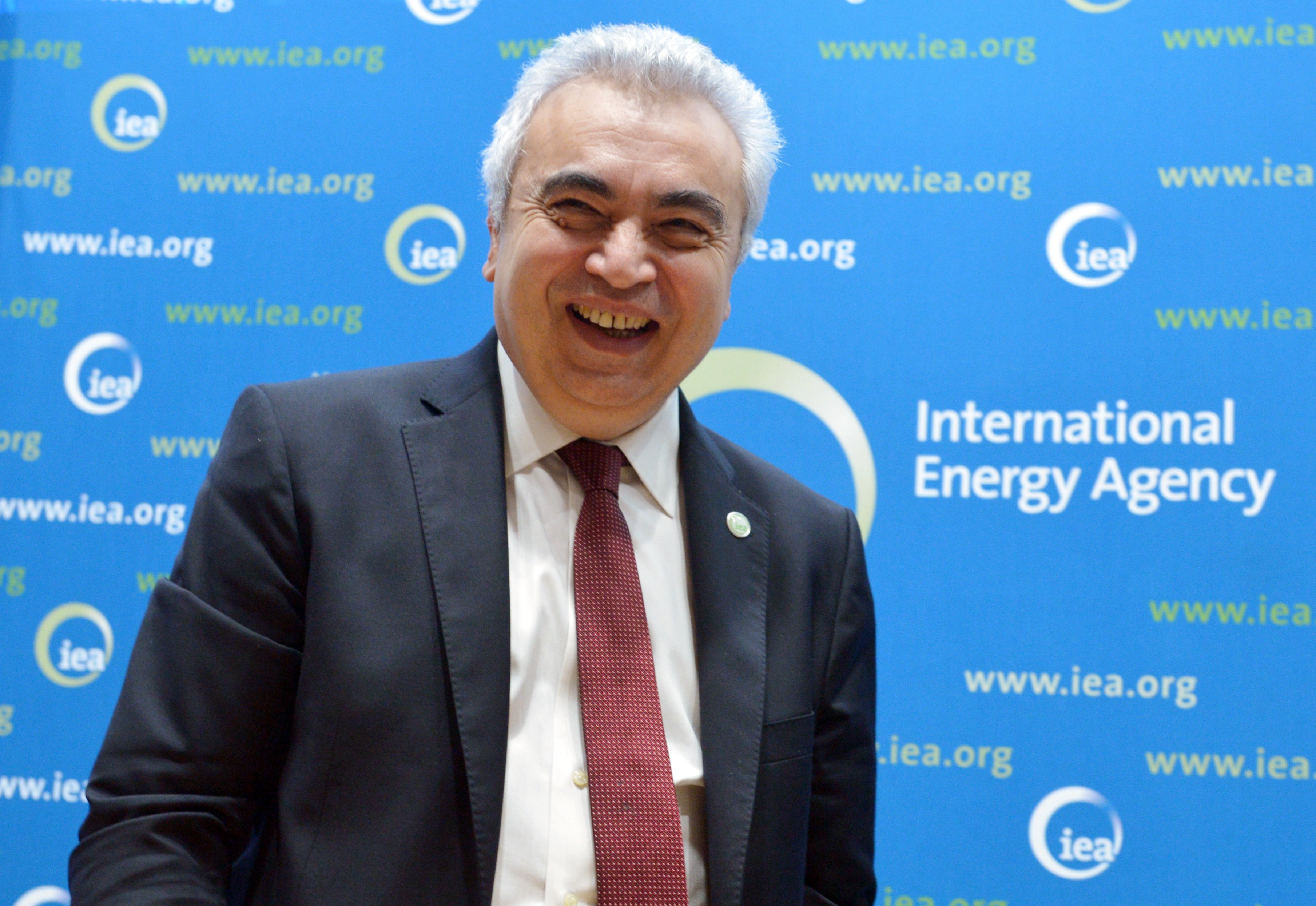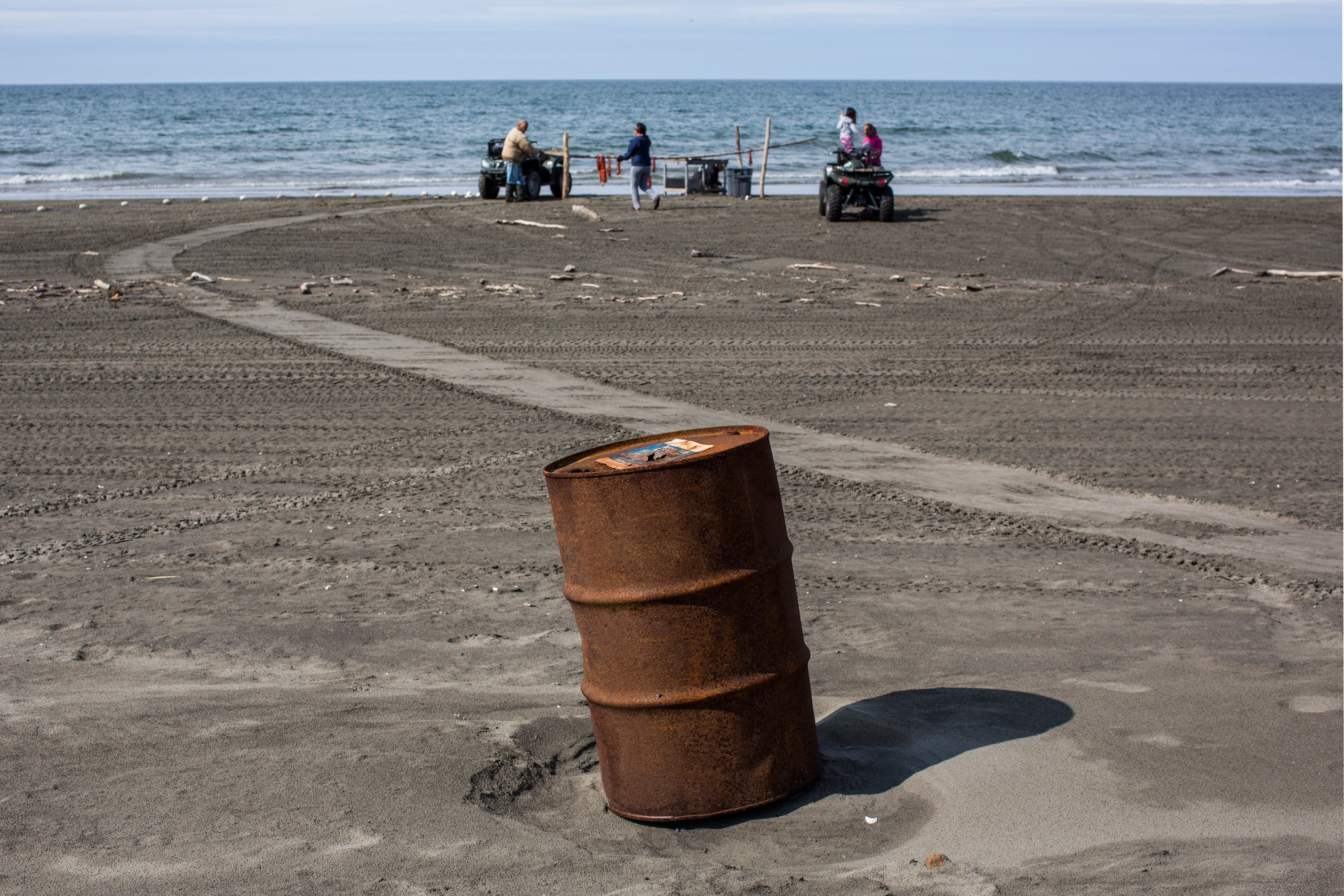Economist sees big role for US oil & LNG, but finds hurdles in Arctic

The Trump administration says it wants to achieve “energy dominance.” The director of the International Energy Agency says the U.S. is already well on its way when it comes to petroleum.
“As a result of (the) shale revolution, the U.S. is becoming the undisputed leader of oil and gas production worldwide,” Fatih Birol testified Tuesday in the U.S. Senate Energy Committee. He says the growth in American oil and gas production is unprecedented and likely to continue for years.
He attributed that to shale. Committee chairman Lisa Murkowski asked him about production from the Arctic. Birol had a mixed forecast for the Arctic National Wildlife Refuge.
“We see there is a very important attractiveness there, namely the availability of the Trans-Alaska Pipeline, which is underutilized today,” he said. “Substantially.”
But, he says, there’s a lot of shale oil, and low oil prices make the Arctic less attractive.

“And therefore with the current context, it will be difficult to believe there will be a substantial amount of oil production coming from that region before 2030,” he said. “Unless we see some surprise in the markets.”
If he was referring specifically to ANWR, that wouldn’t be a huge delay. By some estimates, it might take 12 years for production to begin once Congress approved it. The legislation allowing oil exploration in the refuge was signed last month.
New infrastructure needed

As for the Arctic’s potential to supply liquefied natural gas, Birol’s assessment was the opposite: the markets are good but Alaska needs new infrastructure.
“Today, China is moving in the direction of gas,” he said. “They are going to import a lot of LNG to replace coal.”
Alaska, though, can’t meet the Asian demand without building a gas pipeline and facilities estimated to cost roughly $50 billion. The Alaska Gasline Development Corporation has promoted the project in Asia and has an agreement to explore the concept with Sinopec, the Chinese oil and gas company.
Related stories from around the North:
Canada: Arctic nickel, not oil, could soon power the world’s cars, Blog by Mia Bennett, Cryopolitics
Finland: U.S. pullout from Paris climate pact condemned by Finnish leaders, Yle News
Germany: Cheap oil from the Arctic? Fake news, says climate economist Kemfert, blog by Irene Quaile, Deutsche Welle
Norway: Statoil greenlights northernmost drilling project in Arctic Norway, The Independent Barents Observer
Russia: An international collaboration behind Russia’s second Arctic LNG project, The Independent Barents Observer
Sweden: Sweden’s climate minister : U.S. withdrawal from Paris sends a bad signal, Radio Sweden
United States: Big questions emerge over $43 billion gas-export deal between Alaska and China, Alaska Dispatch News



